
“Dogs mirror our energy. Cats mirror our essence.” That one sentence could be all the explanation necessary as to why cat people often make their feline companions feel like soulmates with fur. Whereas dogs crave constant attention, cats and their human admirers are masters of selective affiliation, focused observing, and unapologetic boundaries.
Over time, there is a profile with cat people. They prefer solitude, read rooms with a chilling precision, and appreciate a filtered social life instead of constant partying. These are not just characteristics they’re personality characteristics that can have the power to shape relationships, professional choices, and even mental well-being.
Here’s a closer look at nine of these character traits that often typify cat people, backed by psychology and emotional intelligence studies, and how accepting them can help you live a more down-to-earth, enriched life.
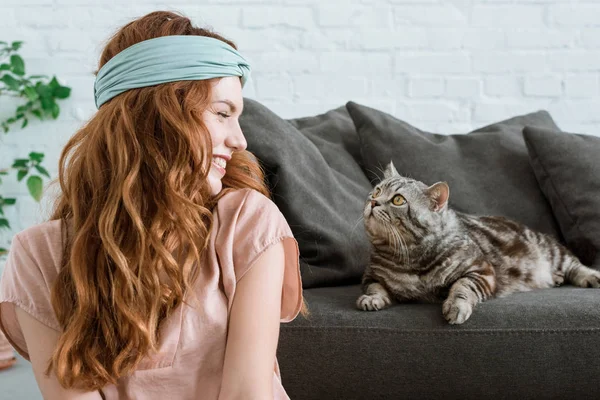
1. Independent, Yet Deeply Loyal
Cat owners have a conflict between commitment and independence. They adore choosing how they wish to spend their time, guarding their independence closely, but when they do commit themselves to someone, they are devoted. This is an expression of the feline rhythm wandering around freely before curling up against a comfortable friend.
Psychologists note that independence in relationships facilitates personal growth, and interdependence builds trust and safety. Scheduling individual “autonomy blocks” and “connection anchors” allows the cat person to protect their space need while still nurturing deep connections.
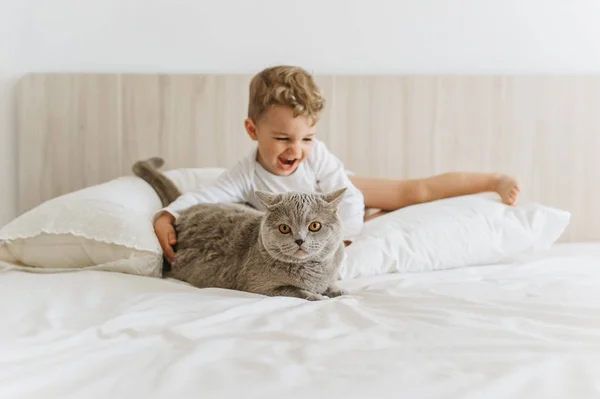
2. Boundaries Are Non-Negotiable
Boundaries are not barriers to cat people-they’re clarity. The same way a cat will send signals that it’s time to quit playing, they value consent, comfort, and timing. Healthy boundaries reduce stress and increase satisfaction by establishing where responsibilities begin and end, according to professionals like Rich Oswald, L.P.C.
This is a trait that does not emotionally burn out cat people because they are able to say no guilt-free and yes with intention. Assertive communication is obtained by rehearsing this so that such boundaries are respected, resulting in mutual respect relationships.
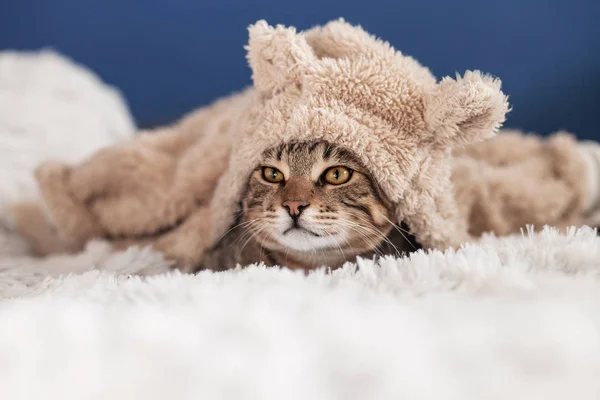
3. Social Battery Management Is an Art
Cat people also have more limited social energy and enjoy quiet circles of friends rather than crowded parties. Social battery drain can be used to explain why introverts, who are most common among cat people, would drain themselves quickly in lively environments.
By planning a social calendar with breathing space, they have the energy to save for the interactions that matter. This includes leaving parties before they are exhausted or scheduling recovery time following high-intensity interactions.
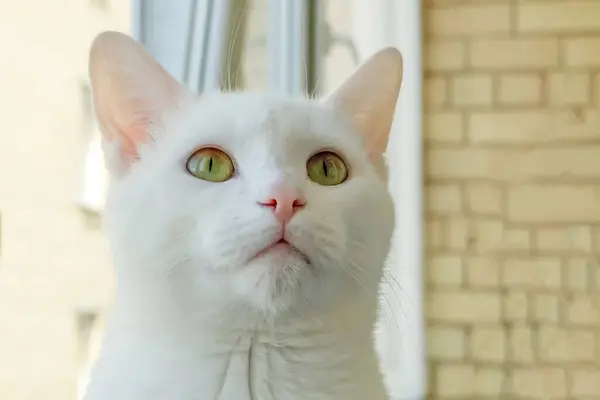
4. Hyper-Observant and Emotionally Intelligent
From sensing an subtle shift in tone in a friend to sensing tension in a meeting, cat people are able to sense emotional cues accurately. Harvard Medical School’s Ron Siegel refers to this as one of the key components of emotional intelligence self-awareness and empathy.
This ability allows them to anticipate needs and navigate disagreements with poise. But equally, one can establish “off-duty” space to avoid hyper-vigilance, so sensitivity is a gift, rather than a curse.
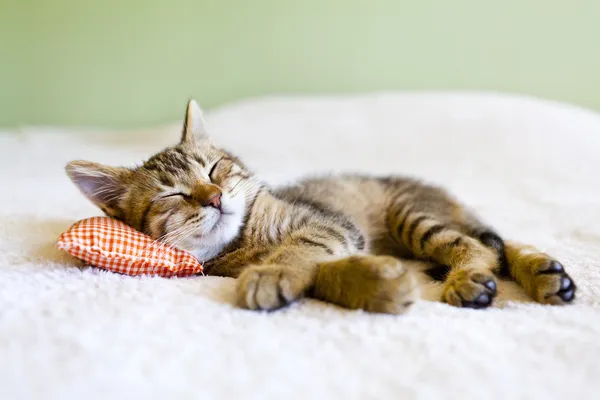
5. Comfort Seekers With a Minimalist Streak
Cat people plan their environment for sensory comfort spotless mugs, soft throws, and tidy spaces. It’s not decadence; it’s a nervous system strategy. A tidy, calm environment can help decrease stress and enhance concentration.
Rather than stockpiling, they like fewer, better things. Decluttering little by little, table or shelf at a time, can maintain that sanctuary atmosphere without mess.
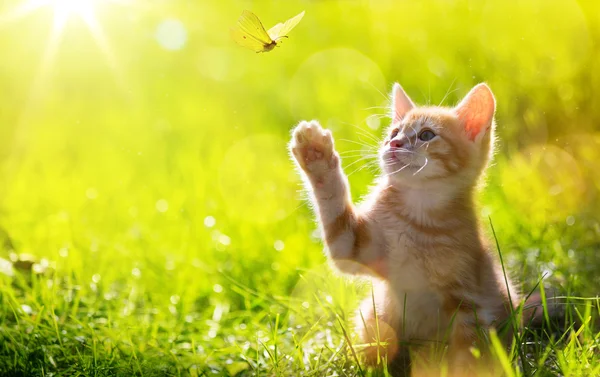
6. Playful, But Selective
Cattiness typically occurs in bursts artistic pursuits, one-liners, or eccentric acts accompanied by standoffish calm. That ebb-and-flow of energy mirrors catlike moods and aligns with self-regulation tactics in emotional intelligence.
By respecting their inner rhythms, they can plan high-energy events during peak curiosity time and reserve low-energy times for reflection or drudgery, shamelessly “flaky.”
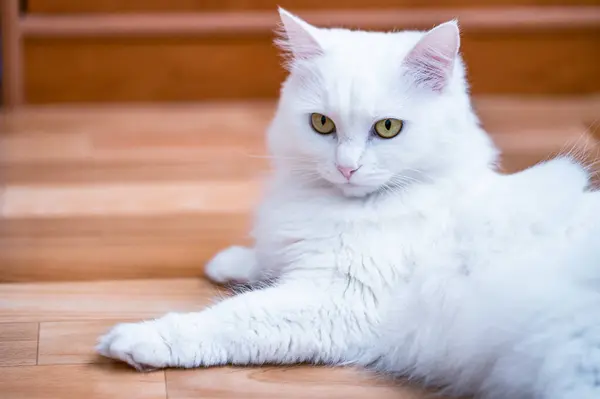
7. Tranquil Exterior, Stormy Interior
Physical calm tends to hide a lively inner dialogue. Cat people process internally, weighing feelings and options before acting. This personality trait allows for moderated decision and reduces excess drama.
Micro-expressions of this inner world like writing down a few lines each night or texting mindfully can allow others to delight in their depth without requiring oversharing.
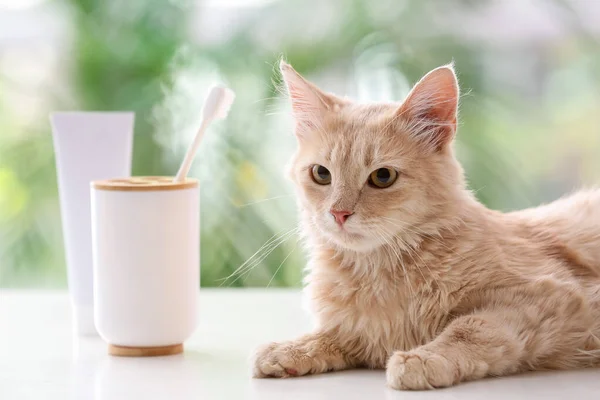
8. Habit as a Platform for Bravery
Cats love routine patterns, and so do their owners. Patterned routines morning routines, weekly resets provide steadiness. Oddly, predictability energizes courage, and one can more readily venture into new experiences from a secure center.
Building habits rather than throwing them away can make change less scary, allowing stability to be a takeoff point for growth.
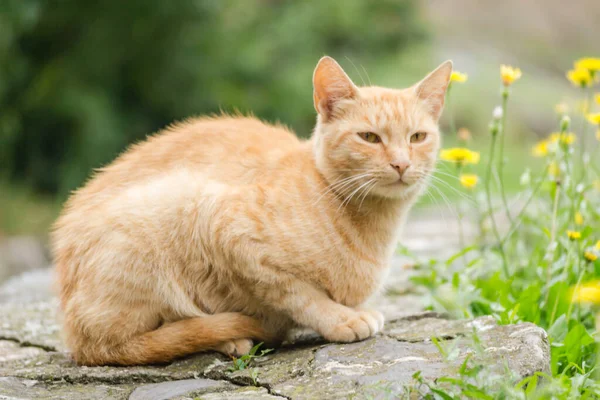
9. Subdued Humor and Selected Opinions
Cat people are likely to have a dry, witty sense of humor, choosing the right moment. They may remain neutral on trivial things but express themselves strongly when values or ethics are involved.
This combination of humor and honesty creates connections thick with trust and laughter. As Terry Pratchett once chuckled, “In ancient times cats were worshipped as gods; they have not forgotten this” something many cat lovers live by with a twinkle in their eye.
Embracing these traits isn’t so much about walling yourself off it’s about allowing them to lead. For cat people, honoring independence, boundaries, and intensity of feeling can build more authentic relationships and a more serene, directed life. When such qualities are appreciated, they become strengths that facilitate relationships, career decisions, and overall well-being just as the quiet, steady presence of a cat on your lap.


